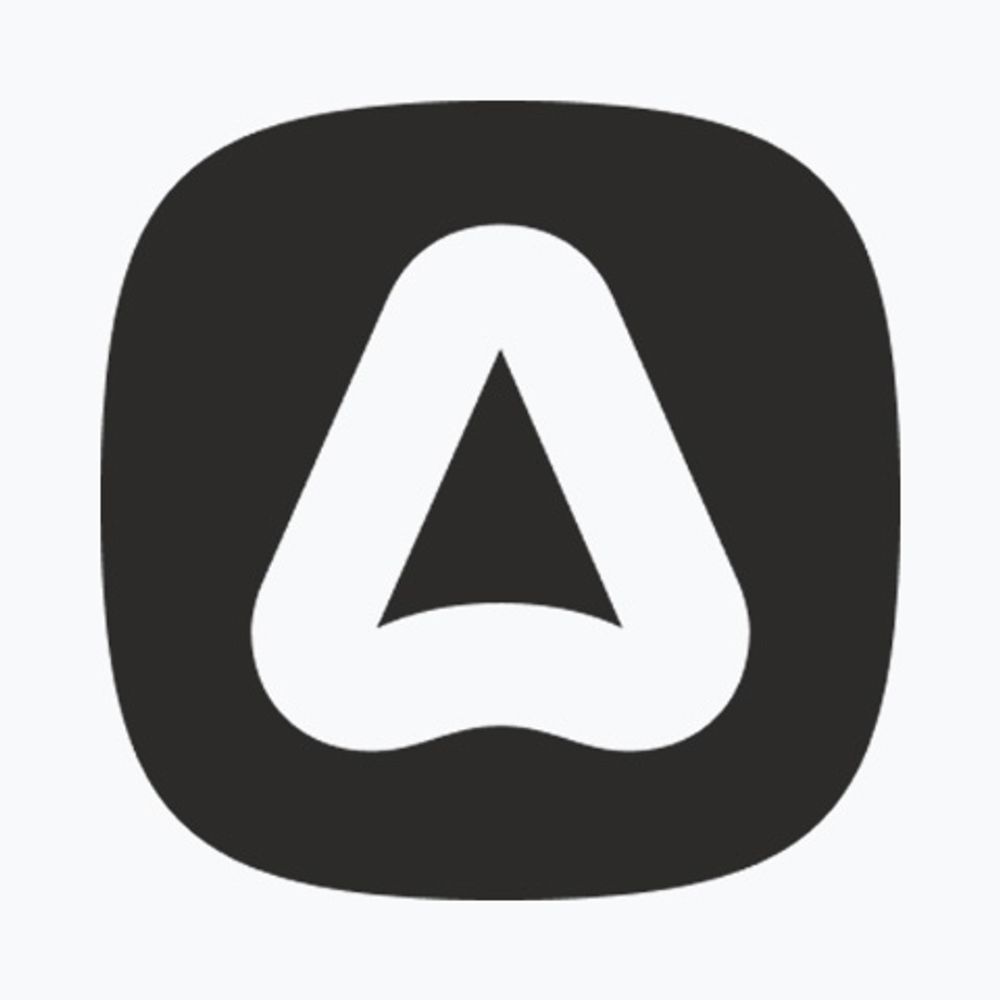Sub-Topics
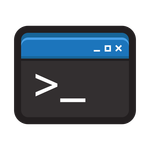
Ace CLI

Actions

Authentication

Authorization

Bouncer

Components

Controllers

Drive

EdgeJS


HttpContext

InertiaJS

Lucid

Rate Limiting

Router

Services

Tips

Validator
Series
AdonisJS Scenarios
In this ongoing series, we'll cover various scenarios you're likely to run into while developing or maintaining an AdonisJS application. Topics will range from authentication challenges to database management, testing, and more.
Building A Multi-Search with Meilisearch & AdonisJS
In this series, we'll build a server-rendered mutli-search utilizing Meilisearch, Unpoly, and a sprinkle of AlpineJS. We'll setup factories and seeders to make fake data to allow us to index and search against books, authors, and genres simultaneously!
AdonisJS Quick Tip
Quick tips, lessons, and screencasts covering specific topics on AdonisJS.
Adding an API to an AdonisJS Web App
In this series, we'll add a API, using Opaque Access Tokens for authentication, to a preexisting web application. We'll implement dual-guard authentication, add a token management panel, and authenticate our API directly with an organization model!
Building with AdonisJS & Inertia
We'll learn how to use InertiaJS with AdonisJS 6 to build a feature-complete application, called PlotMyCourse. Our application will use server-side rendering (SSR), Vue 3, and Shadcn-Vue. It'll feature organizations, drag-and-drop, and lots of forms.
AdonisJS In 30
In this series, we'll highlight various features and functionalities in AdonisJS you can complete in about 30 minutes or less.
Let's Learn AdonisJS 6
In this series, we'll learn AdonisJS 6 step-by-step in a beginner-friendly way. Covering topics like routing, controllers, services, EdgeJS, Lucid ORM, forms, filtering, authentication, etc.
EdgeJS Components
In this series, we'll take a deep dive into EdgeJS Components by creating our own reusable components from the PinesUI component library, built with TailwindCSS and ApineJS.
Let's Learn AdonisJS 5
Learn AdonisJS 5 in-depth as we step through all the major functionalities of the framework in-depth. Learn about Routing, Controllers, Lucid, Auth, and much more.
Discussions
Cloudflare R2 for Video Storage
Hi Tom,I just read your fantastic article on Adocasts, "Testing Cloudflare R2 for Video Storage," and wanted to say, great job. The solution you've outlined is really clever and I found the implementation very interesting.I'm writing because...
Add a webhook endpoint to AdonisJS web app | FIXED
I'm just getting started with AdonisJS, I used the web app template, and now I need to add a webhook endpoint, so I can receive events from third-party platforms(such as payments) how can I do that.Excuse my newbie question.UPDATEFixed it, ...
Averaging over time period and grouping by properties
So i have a adonis model where i store propertyValue and each entry has a timestamp (ISO 8601). There are several properties which is related via a propertyId. So my objective is to aggregate data and get averages over a day for a particular...
Adonis + Docker
Hello, Is there a lesson talking about adonis development / deployment using docker docker-compose?
building-with-adonisjs-and-inertia repository setup error on local machine.
Hello I'm trying setup this project: https://github.com/adocasts/building-with-adonisjs-and-inertia on my local machine and I'm getting this error: [postcss] /home/thiago/study/node/building-with-adonisjs-and-inertia/inertia/components/SettingsShell...
Not able to share flash messages to frontend with inertia
I can't figure out how to get flash messages to my frontend with inertia.. // config/inertia.ts sharedData: { notifications: (ctx) = ctx.inertia.always(() = ctx.session?.flashMessages.get('notifications')), } // app_controller....
Lessons


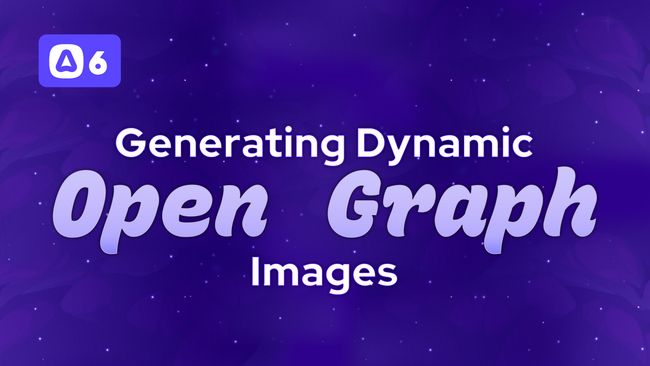

AdonisJS Scenarios #3.0
Generating Dynamic OG Images with AdonisJS & Puppeteer
In this lesson, we'll learn how to generate dynamic Open Graph (OG) images using AdonisJS and Puppeteer. We'll also add rate limiting to limit the number of OG images being generated at once and discuss some things to watch out for.


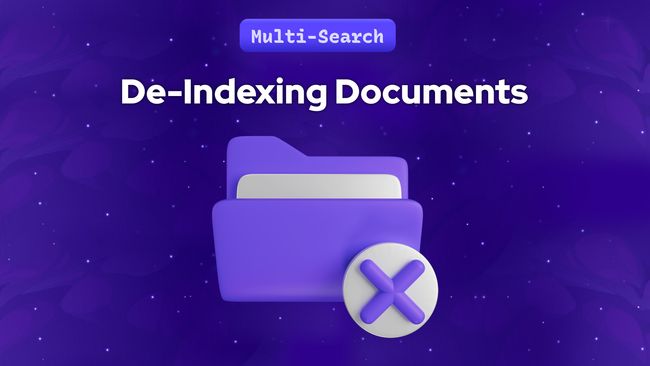

Removing Indexed Documents when they're Deleted
In this lesson, we'll learn how we can remove documents from a Meilisearch index as records are deleted from our application. For this, we'll deindex author documents when a user deletes their account in our application.


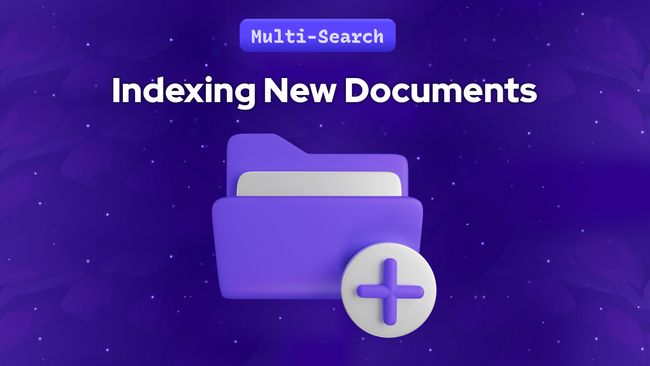

Indexing Data as its Created
In this lesson, we'll learn how we can dynamically index documents in Meilisearch as records are created within our application. For this, we'll index a new author document when a user registers within our application.




Performing a Multi-Search Across Indexes
In this lesson, we'll piece everything together into our final multi-search by searching across our book, genre, and author indexes within Meilisearch with a single call. We'll also discuss how we can get a single federated result array back if desired.




Making our Search Results Functional with Unpoly
In this lesson, we'll install and configure Unpoly to handle our search form's submission. We'll then server-render the search's results using EdgeJS and return it back as our response for Unpoly to swap in-place directly in the working document.




Performing Full-Text Search
In this lesson, we'll learn how to perform a full-text search with Meilisearch while also building the structural base for what will eventually serve as our multi-search autocomplete.


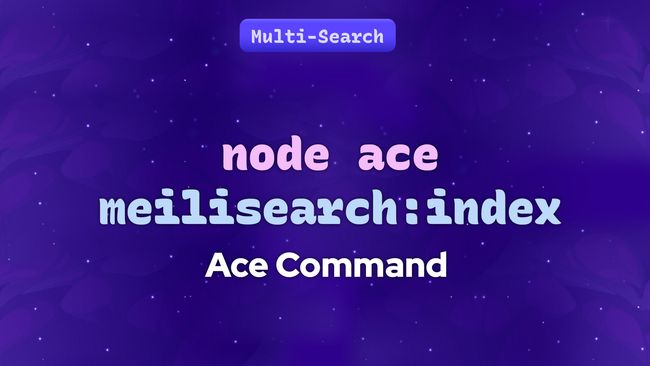

Creating a Command to Index Data in Meilisearch
In this lesson, we'll create an Ace CLI command to index our pre-existing data within our Meilisearch database so it is ready to search against. We'll walk our way through this and point out what to watch out for and how to view task errors.


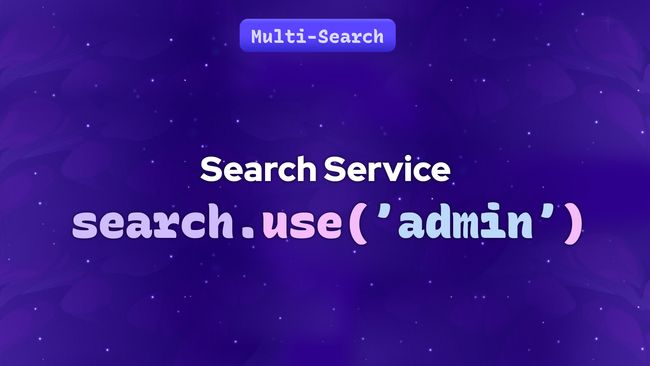

Creating A Meilisearch Service to Initialize Admin & Search Instances
In this lesson, we'll create a singleton Meilisearch service to simplify operations against our Meilisearch database by allowing us to specify whether we want to simply search or perform an admin authorized operation.


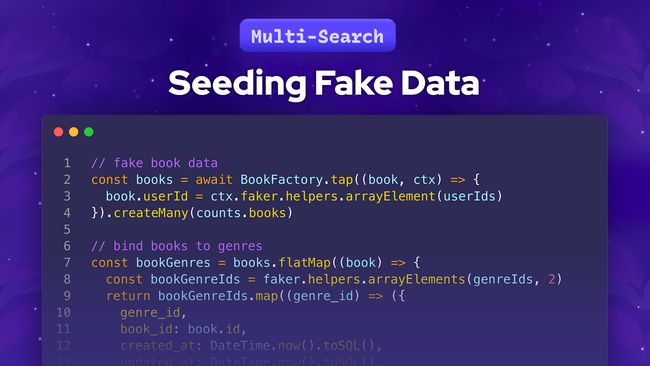

Seeding Fake Data to Index for our Multi-Search
In this lesson, we'll create a database seeder that will utilize our model factories to generate plenty of fake data to index and search against. We'll also discuss how we can easily batch insert bulk data in a single call.
Snippets
Accessing Lucid's Knex Connection Client
Ever need to directly access KnexJS, the query builder Lucid wraps around? Here's how you can do it!
Simple AdonisJS 6 Layout Component
With AdonisJS 6, layouts have been removed in favor of components. In this snippet, we provide a simple layout component example.
Get User IP Address when Server is Proxied by Cloudflare
If your server is proxied by Cloudflare, chances are the built-in method to get the user IP Address in AdonisJS is returning Cloudflare's IP instead of your users. With this snippet, we'll fix that!
Using Transaction Events To Defer Actions
We can bind handlers to transaction events to easily defer specific actions until after the transaction has been committed and our changes have persisted to the database.
Require Route Parameter To Start With @ To Match
You can use route matchers to specify requirements on the route parameter. In this snippet, we require our username param to start with the @ character for the route to match.
